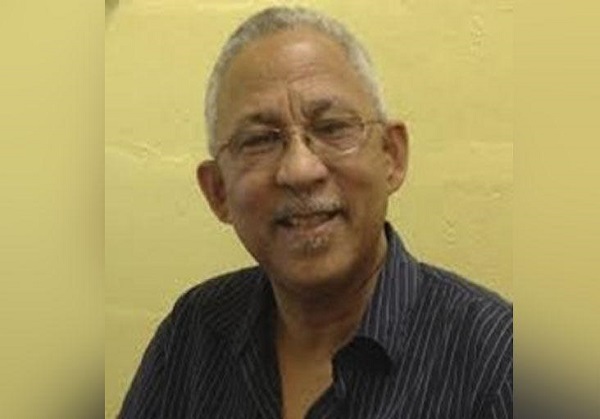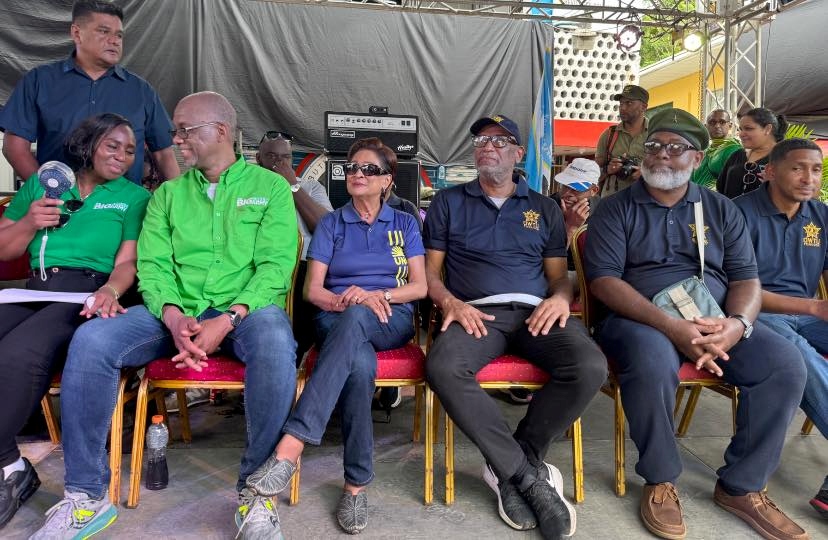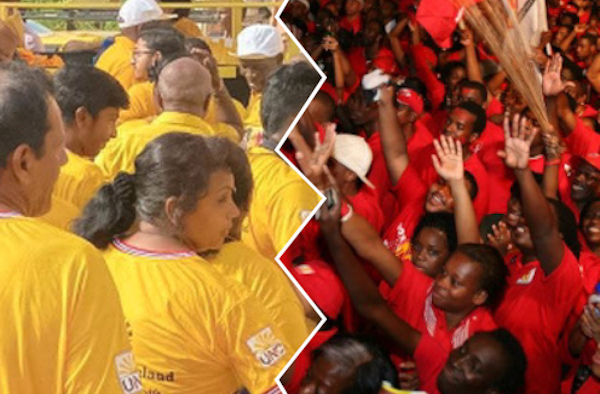The Mark Twain quote ŌĆśfacts are stubborn, statistics are flexibleŌĆÖ seemed appropriate last week, as the news about New York governor Andrew CuomoŌĆÖs misclassification of 9,000 Covid-19 deaths broke, shattering the carefully groomed image of his pandemic achievements as a national leader.┬Ā
Cuomo, ably assisted by his aides, sought to control the data and brush aside public health expertise. But facts are stubborn. They do not just disappear.┬Ā

Sound data helps to build strategy and reduce risks. It is essential for developing appropriate commercial and public policy. Unreliable data leads to disastrous decision making by decision-makers. Robust data is crucial to our nationŌĆÖs success.┬Ā
It is commendable that the Police Service has re-introduced externally conducted surveys to direct their plans to create improved performance. As the MFO chair, I was invited to join a briefing session at the Police Service Administration Building. (I have institutional knowledge based on work done with former Commissioner Dwayne Gibbs.)
The briefing officer advised that MFOŌĆÖs invitation was on the instructions of his superior.┬ĀWe, at MFO, recommended a comprehensive plan on 22 January, the agreed date. The fieldwork by the selected tenderer began the next day. We have no regrets since clients are free to do as they please.
I offer some comments on the recent TTPS survey, based on the aired portion of the press conference and newspaper publications. I hope that these comments will lead to a better appreciation of how proper research is done and evaluated.┬Ā

(via TTPS)
In response to a direct question about the identity of the studyŌĆÖs sponsor the researcher deflected, indicating that the studyŌĆÖs author was also the sponsor. That assertion was undermined within minutes of the press conference conclusion.┬Ā
Did she and the TTPS representative present not know the sponsorŌĆÖs identity? Or did he choose to hide this?┬Ā
Self-sponsorship of a study is not inherently wrong, but the undeclared TTPS interest causes unwarranted scepticism about the research and the timing of the release. Why hide that fact when the entire press conference was designed to provide facts?
The researcher contended that the Central Statistical Office (CSO) provided both the sample framework and telephone numbers used to collect the data. A review of the reportsŌĆÖ demographics suggests that the sample was drawn mainly from social media sources, specifically Facebook.┬Ā
The sample is not representative of the CSOŌĆÖs national population data. The TTPS officer unwittingly tipped off that it was not a genuinely representative sample by describing how the respondents came into the study. ┬Ā

The significant variances between the reportsŌĆÖ demographic data and CSOŌĆÖs population data reduce the resultsŌĆÖ value without a correction of such differences (Dutwin and Buskirk, 2017).┬Ā
There was no explanation for this correction not being done even when pressed by a reporter. This lack of attempt to create a representative panel makes this poll no better than a scaled-up version of the unscientific TV6 People Meter. It is impossible to proclaim that ŌĆśthe people have spokenŌĆÖ.
The report took great pains to disclose that police officers did not participate in the study. Given the social media component (the participation level was undeclared), it was necessary to make a similar disclosure about any participation by the ŌĆśI support Gary GriffithŌĆÖ Facebook group, which numbers 73,000 fans. Their level of participation increases the risk of biased results.┬Ā
The alleged access to telephone numbers, if true, subverts the legislation that governs the CSO. That entity cannot provide such data. The CSO can make phone calls on behalf of researchers but cannot share their phone listings data. Shades of Cambridge Analytica?┬Ā

Research relies on public confidence in its integrity and the confidential treatment of the information provided for its success. Public cooperation depends on research being carried out honestly and objectively without the infringement of privacy. ┬Ā
To assert that CSO gave the telephone numbers has the damning potential to undermine public confidence in both the CSO and the market research industry.┬Ā
Both presenters took great pains to suggest that both the TTPS and the police commissioner perform better than ever, via an overview of publicly and privately done polls. Never did they admit how the significant and limiting methodological differences between these studies would restrain such comparisons.
The harping about the margin of error for this study is a red herring. The margin of error tells the possible range of results if we did the same survey 100 times. But a purported national sample must represent the general population fairly.┬Ā
It does not matter how many persons you interviewed or what they said. If the respondents do not fairly represent the larger population, your results are likely to be inaccurate. Rolling the proverbial dice may be as good.┬Ā

(Copyright Daniel Prentice/Wired868)
The publication of this poll may have set back the work of our public opinion pollsters. Potentially, the professional reputations of the women working on the report are damaged.┬Ā
It is an unfortunate attempt to influence the public narrative about our policing performance. We will quote from this study at our peril.┬Ā
EditorŌĆÖs Note: Market Facts & Opinions (2000) Ltd, established in 1985, has been doing online interviews since 2015. It is the only company with an in -house live call centre.

Noble Philip, a retired business executive, is trying to interpret JesusŌĆÖ relationships with the poor and rich among us. A Seeker, not a Saint.
 Wired868 Wired868 for smart sport news and opinion
Wired868 Wired868 for smart sport news and opinion







Very good article
it is disconcerting if CSO did not share a list of telephone numbers with the research company. I was not even aware CSO has such a list since they are about to collect such info in the field with their CSSP Survey. This can potentially undermine the confidence of the public in CSO, the ethics of data collection etc.. CSO needs to clarify this
Well said Mr Philip.
Facts are really stubborn …
Spin eventually peters out….but the human being’s willingness to ” believe” is exploited by the spin merchants continuously..
Some murder with a three-canal, some with a scalpel.